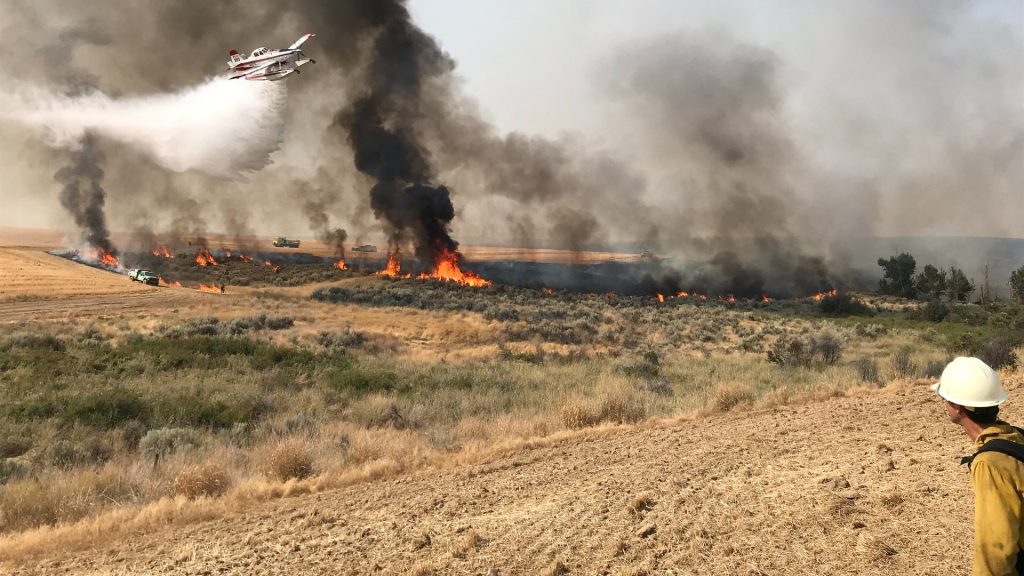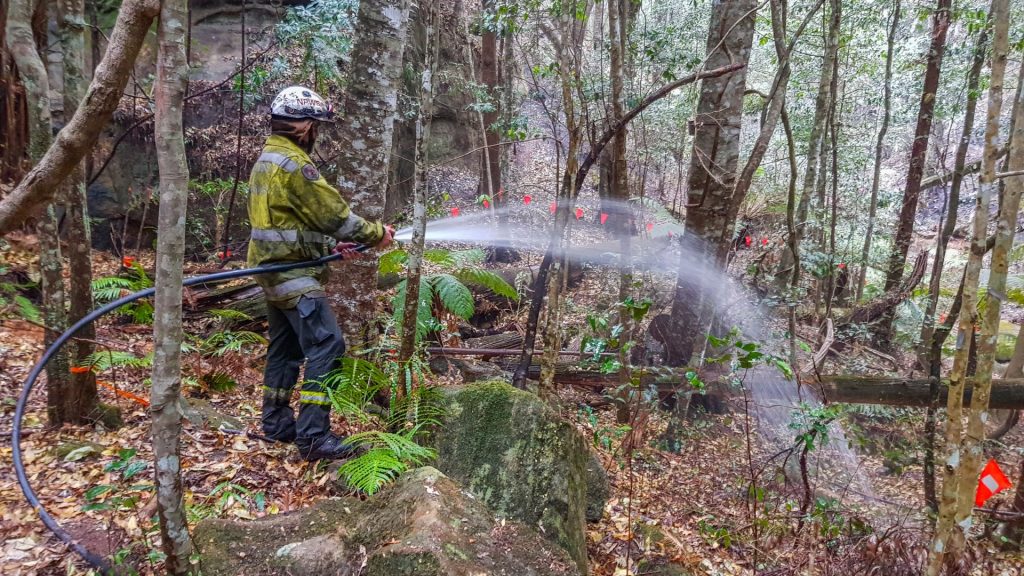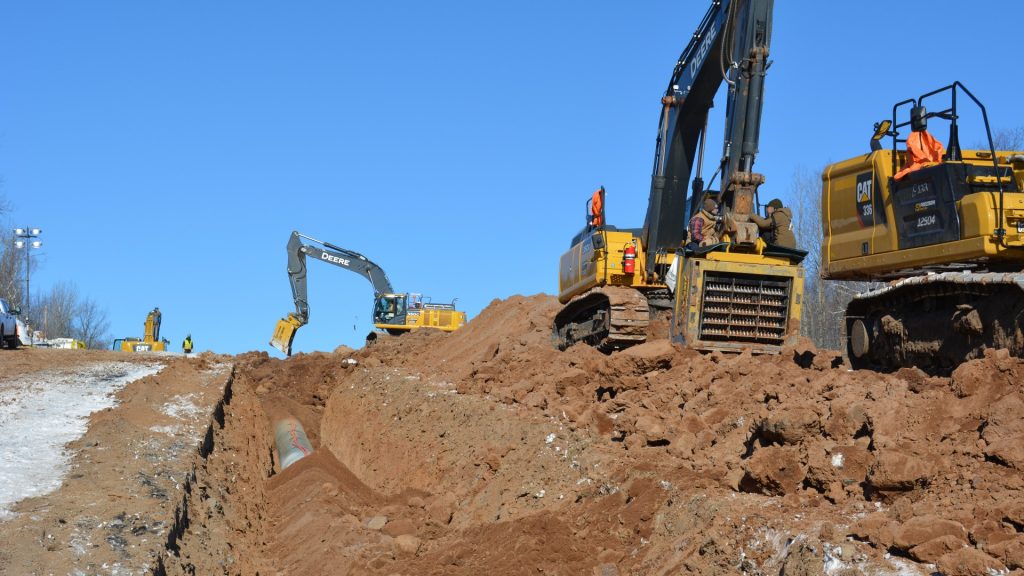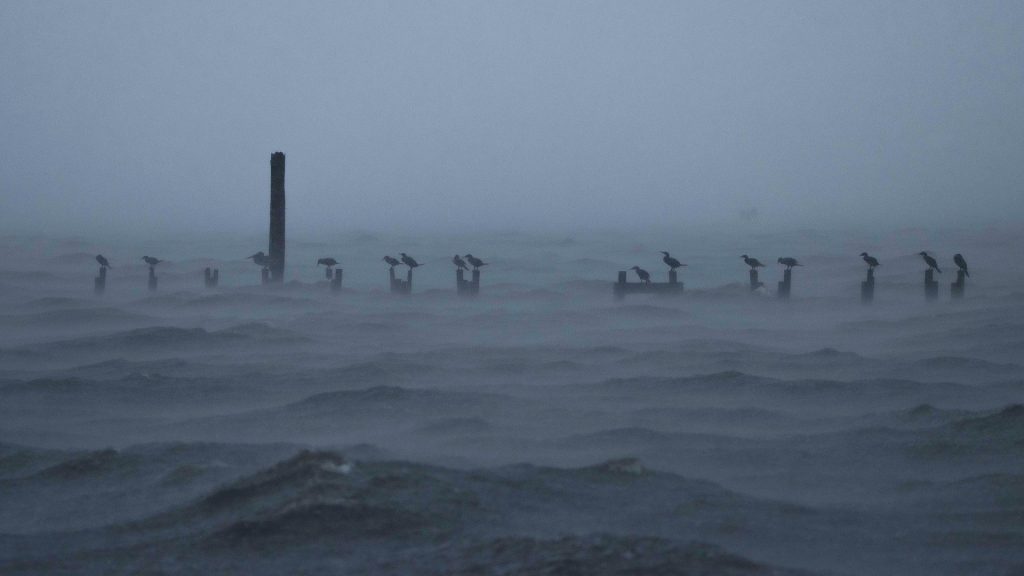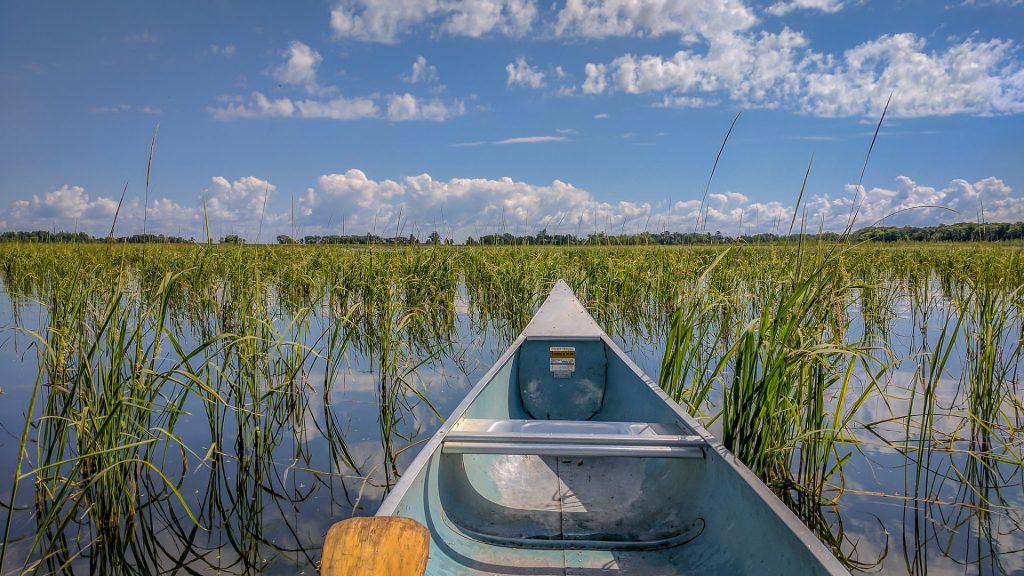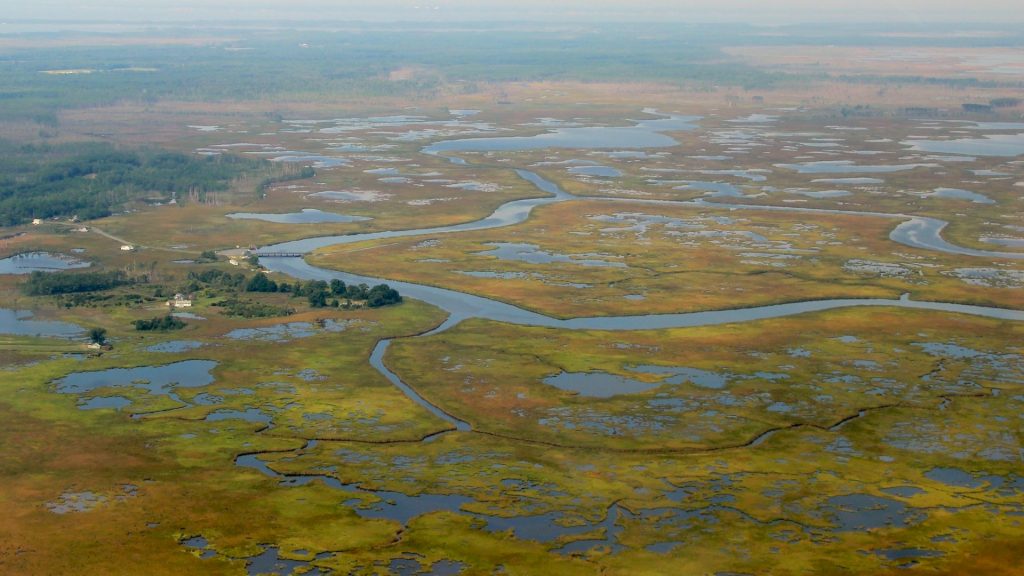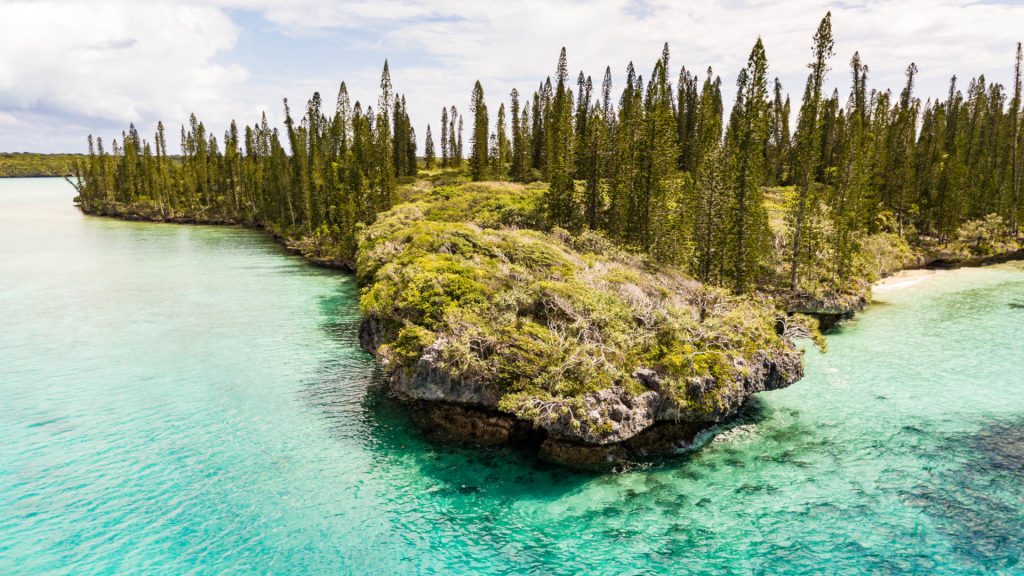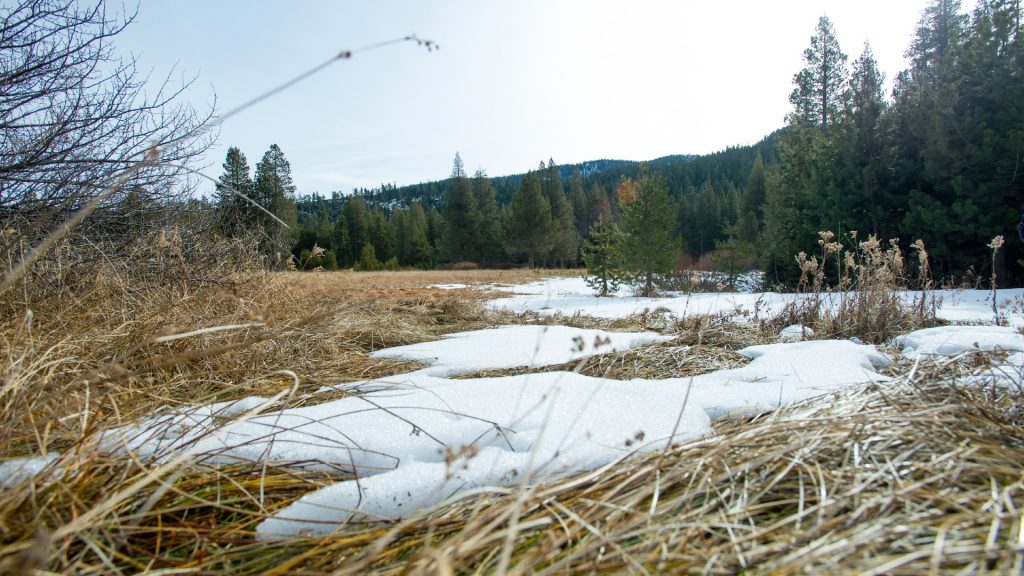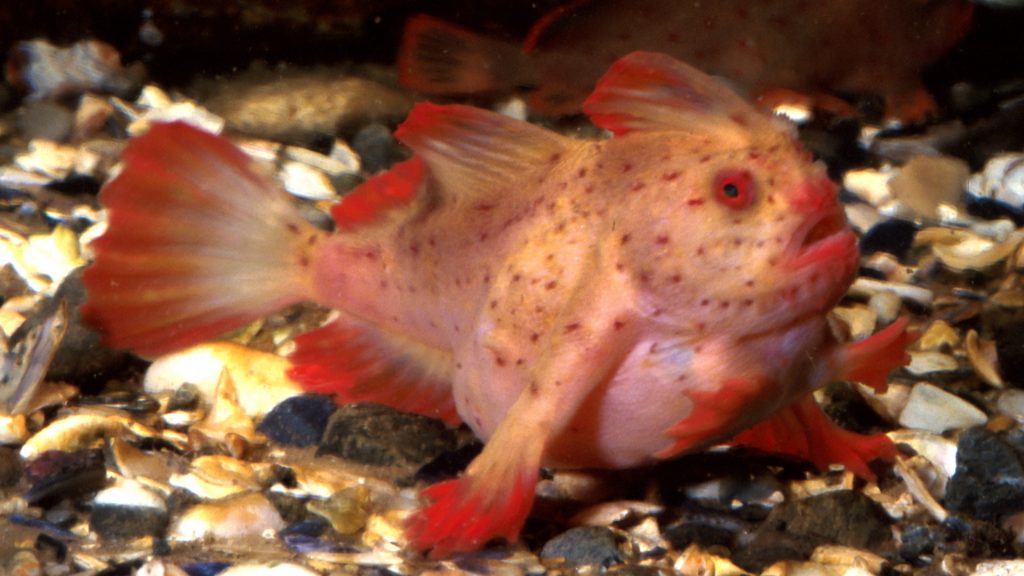
Nectar Thieves: How Invasive Bumblebees Threaten Hummingbirds
Buff-tailed bumblebees are robbing hummingbirds of nutrients — just one of several threats facing the tiny birds, a new book reveals.
Buff-tailed bumblebees are robbing hummingbirds of nutrients — just one of several threats facing the tiny birds, a new book reveals.

